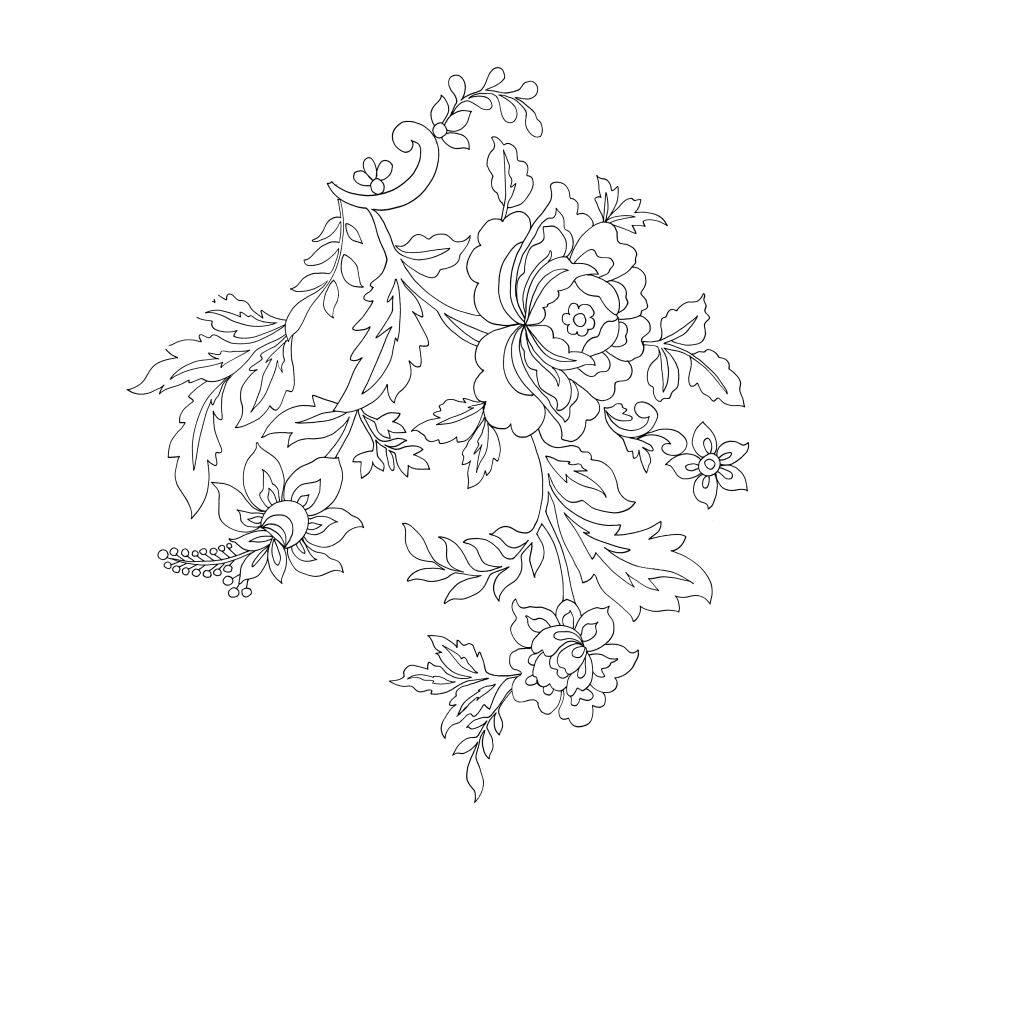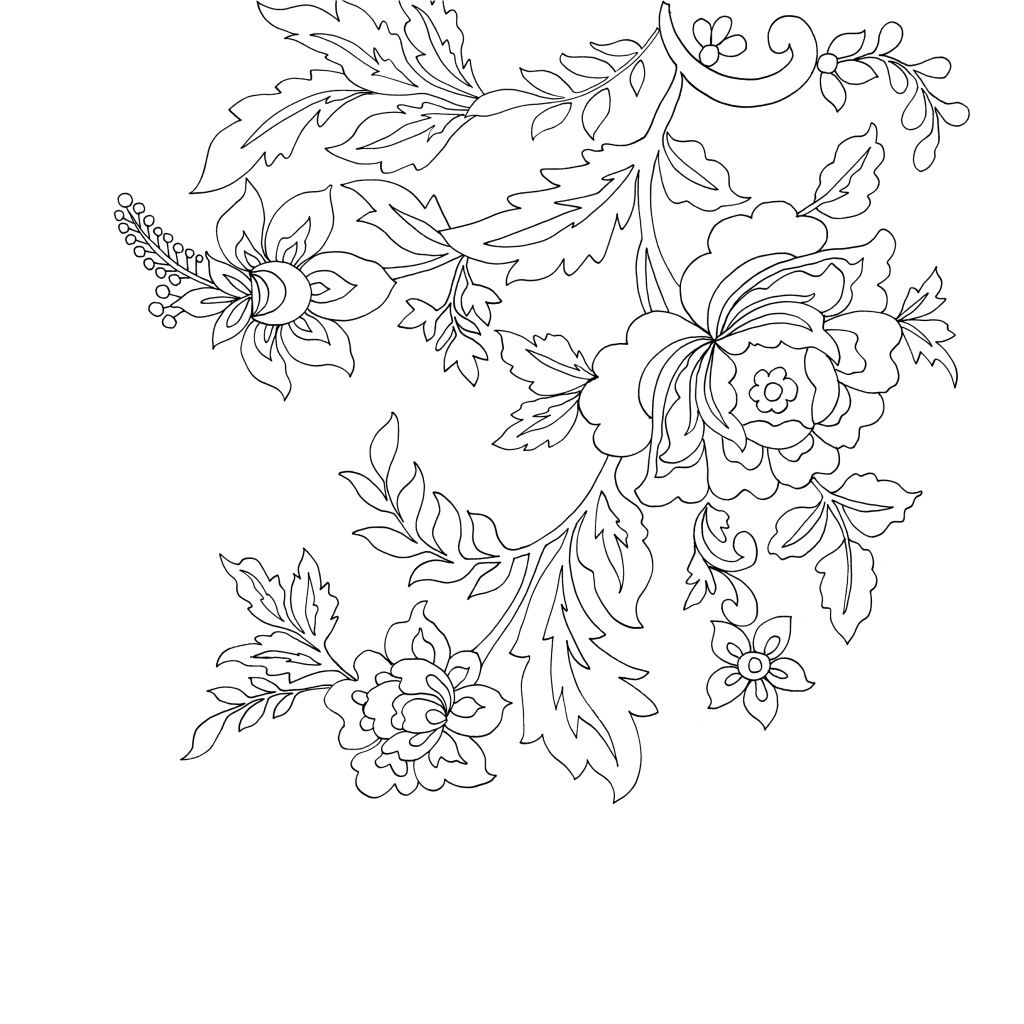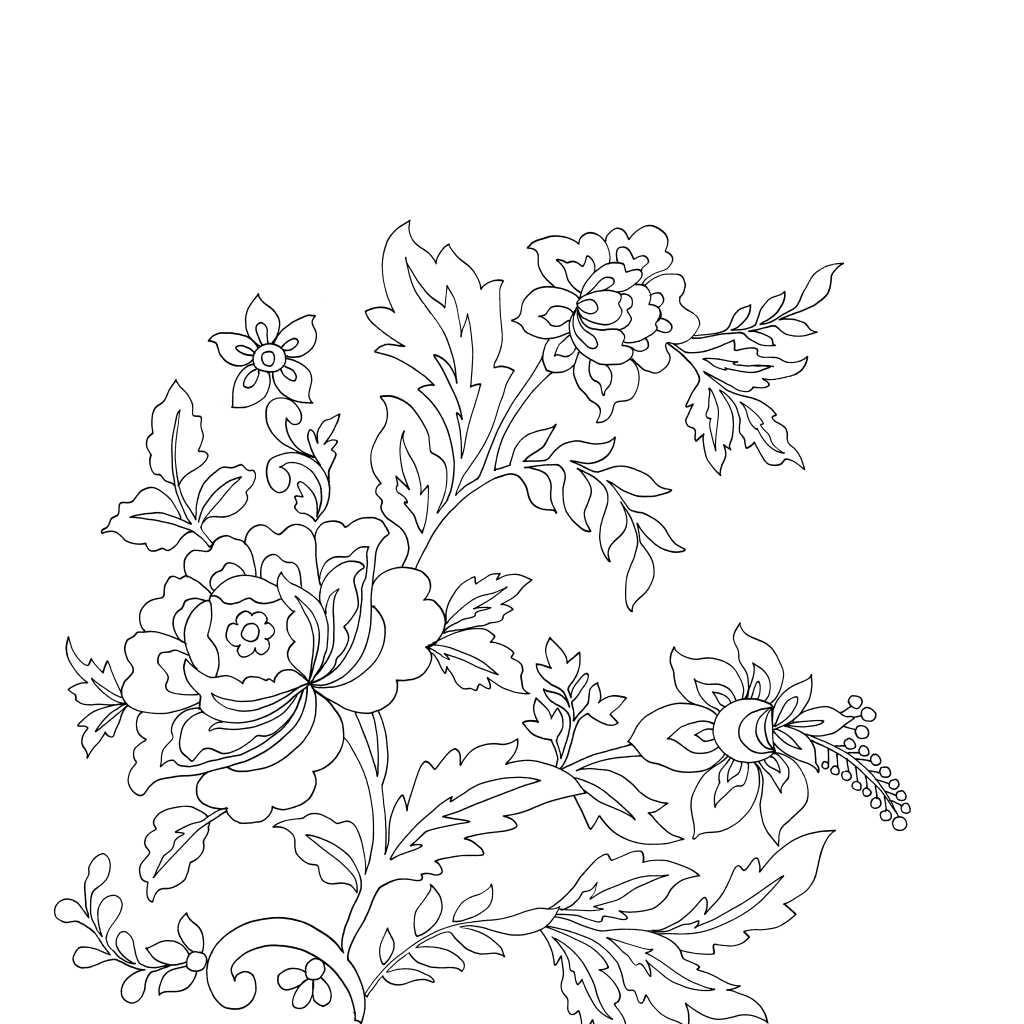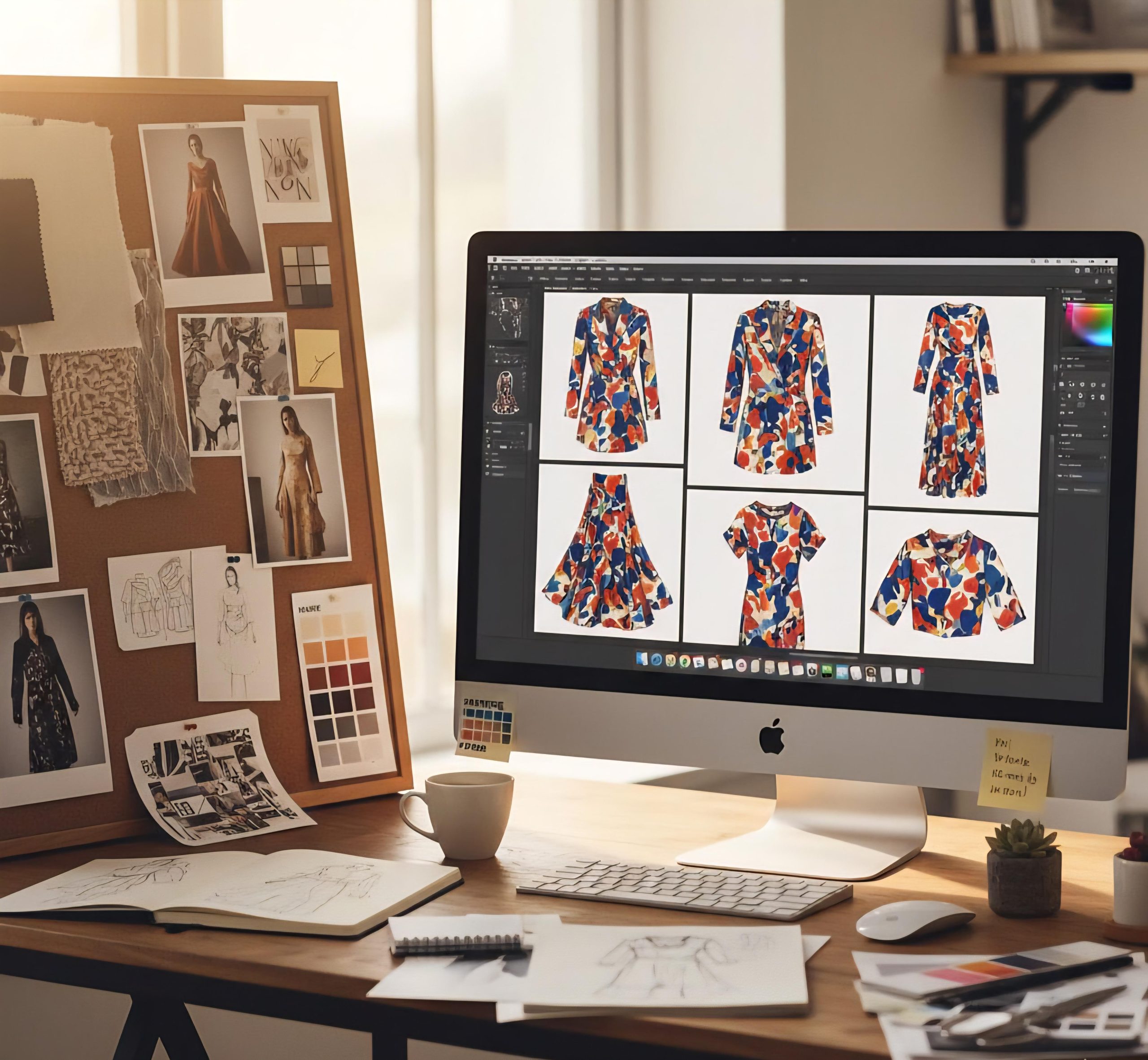
Insight into a Fashion Print Designer’s World: The Do’s and Don’ts of Designing Fashion Prints
Designing prints for fashion isn’t just about throwing colors on a canvas it’s storytelling in pattern form. Every brushstroke, texture, and motif carries emotion, purpose, and rhythm.
As a fashion print designer, my days are a mix of creativity and chaos from researching trends to mixing palettes, adjusting scales, and imagining how a print might look when it flows on fabric. Behind every final pattern, there are dozens of test swatches, rough sketches, and ‘let’s-try-that-again’ moments.
If you’re a new print designer or dreaming of entering this field, here’s your backstage pass an inside look into the creative process and some real do’s and don’ts that can save you time, tears, and tons of rework.
The Creative Process: What It Actually Looks Like
When I start a new print, it usually begins with inspiration maybe a museum visit, a texture from nature, or even the way sunlight hits my studio desk. I sketch ideas on paper, then move to digital tools like Photoshop or Procreate, layering, reworking, and testing scales.
Once the print starts taking shape, I visualize it on garments. How will it move on fabric? Does it feel wearable or just ‘pretty’? That’s where the real design thinking comes in balancing creativity with commercial sense.
When you see my behind-the-scenes photos, you’ll notice: it’s messy, colorful, and full of experiments that didn’t make the cut. And that’s exactly how it should be.
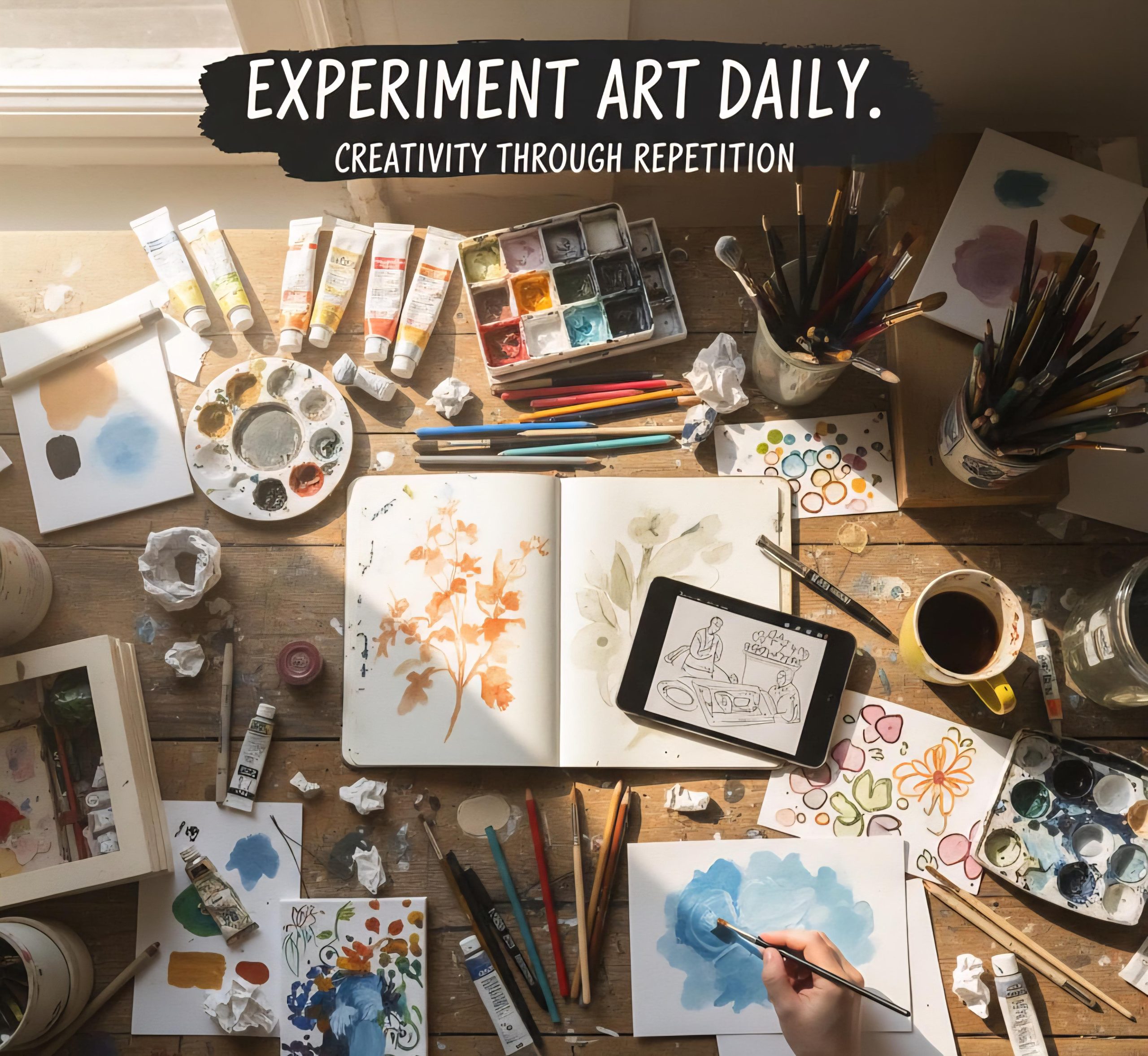
Do’s and Don’ts of Fashion Print Design
✅ DO: Find Your Visual Voice
Every designer has access to the same tools what sets you apart is your vision. Don’t chase every trend you see online. Instead, build a consistent aesthetic that feels like you. Your signature style will make your work recognizable before your name even appears on it.
✅ DO: Think Beyond the Screen
A print might look amazing on your iPad, but remember it’s meant for fabric. Always test scale and placement. Fashion prints need to complement the garment, not overpower it. Designing for fabric means thinking in movement how patterns bend, stretch, and flow.
✅ DO: Build a Strong Moodboard
Moodboards aren’t just Pinterest vibes they’re your creative GPS. Collect textures, colors, photos, sketches anything that sparks your theme. It helps keep your vision cohesive and communicates your idea clearly if you’re working with clients or brands.
❌ DON’T: Copy What’s Trending
It’s tempting to recreate that viral print you saw last week but that’s the fastest way to blend in, not stand out. Trends fade fast. Instead, study them. Understand why they work, then twist them in your own way. That’s how you stay timeless and relevant.
❌ DON’T: Overcrowd Your Design
Less really is more in print design. Avoid overfilling your canvas the goal is to create balance, not chaos. Let some negative space breathe. Remember, fashion prints need to complement the silhouette, not fight with it.
❌ DON’T: Skip File Prep and Resolution Checks
This one’s not glamorous but super important — always check your file quality before sending it off. Prints that look perfect on-screen can pixelate when enlarged. Always work in high resolution, use proper color modes (CMYK for printing), and save editable versions for adjustments later.
Tips for New Print Designers
• Experiment daily. Not every piece will be portfolio-worthy, and that’s okay. Creativity grows through repetition.
• Keep your raw sketches. They show your growth and help you rediscover old ideas.
• Learn about fabrics. The same design looks totally different on silk, cotton, or linen.
• Create mockups. Visualize your prints on garments it helps clients (and yourself) see the final picture.
• Build a portfolio that tells a story. Don’t just post random prints; curate them like a collection.
Final Thoughts: Designing Beyond the Canvas
Fashion print design isn’t about chasing perfection it’s about chasing connection. Every print you create should make someone feel something, even before they wear it.
So whether you’re just starting out or already building your design identity keep experimenting, keep evolving, and most importantly, keep showing your process.
Because the magic of a print designer’s world isn’t just in the final pattern it’s in the journey from a single sketch to something someone proudly wears.

